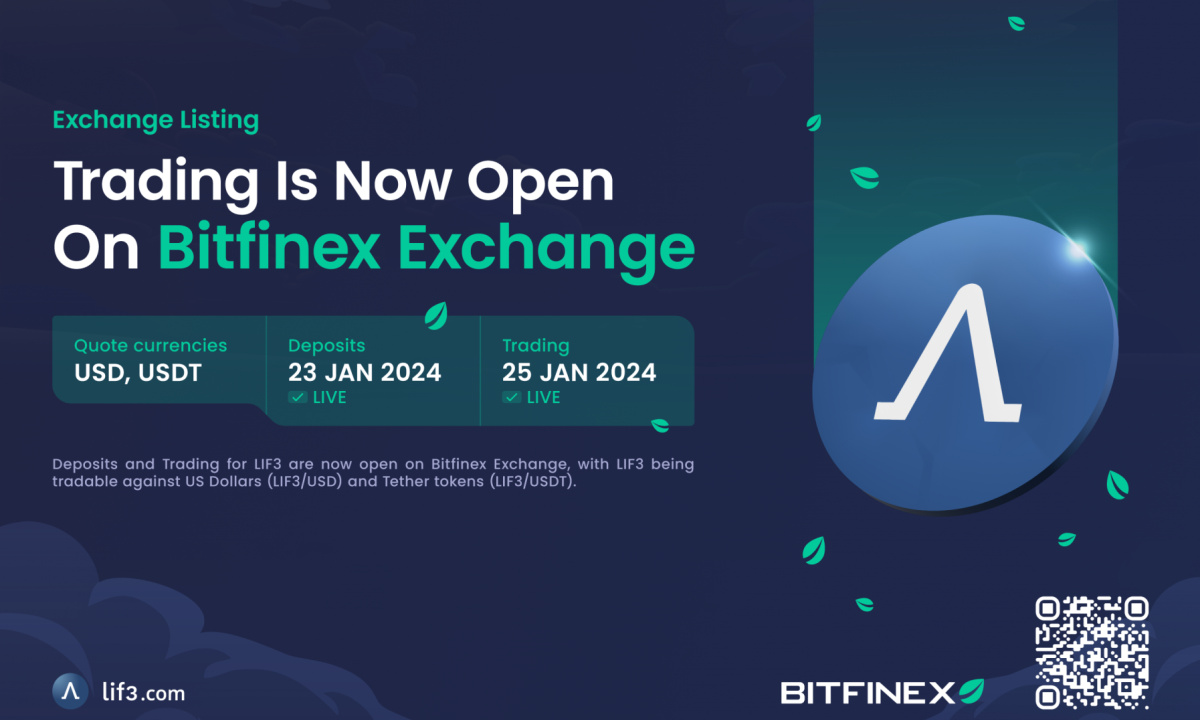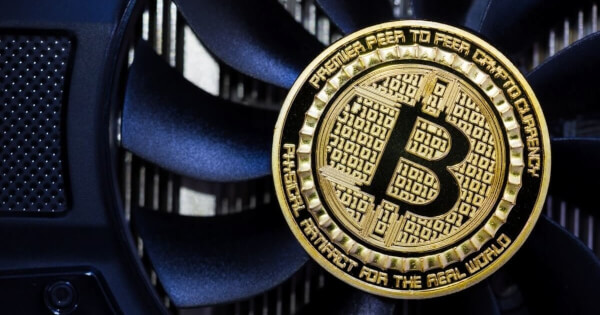The European Central Bank maintained its key interest rate at a record-high of 4% on Thursday, ensuring that credit remains expensive for businesses and consumers. The purpose of this is to ensure that inflation is firmly under control before any reduction in borrowing costs, which is expected to happen later this year.
The question now is when exactly this reduction will occur. Financial markets anticipate a rate cut as early as April, while ECB President Christine Lagarde has suggested that it is more likely to happen during the summer.
Analysts expect Lagarde to use a news conference later on Thursday to emphasize the need for further evidence that inflation, which has caused prices to rise across various sectors, has been successfully contained.
Lagarde is faced with financial markets that are already anticipating rate cuts as early as April, and stock prices that fluctuate based on expectations of lower rates. She has warned that the bank will base its decisions on the latest economic data, rather than making long-term promises.
The ECB has also maintained its benchmark rate at 4%, following the same path as Norway’s central bank. In contrast, the central bank in Turkey, which is currently dealing with rampant inflation of nearly 65%, raised its key rate to 45%, and no further increases are expected in the near future.
Stock investors have seen significant gains in recent weeks, especially in U.S. retirement accounts, following indications from the U.S. Federal Reserve and ECB that a series of rapid rate hikes is coming to an end. Fed Chair Jerome Powell mentioned discussions about rate cuts during the bank’s December meeting and the U.S. central bank has revealed plans to cut its key interest rate three times this year. Consequently, the S&P 500, a broad measure of U.S. large company shares, has reached record highs this week, with European indexes also experiencing growth.
However, the sustainability of the global stock rally is uncertain. Rate cuts make riskier investments like stocks more appealing compared to safer options like money market accounts and certificates of deposit. Additionally, rate cuts stimulate business activity, which in turn can boost share prices. The expectation for rate cuts has been fueled by the significant drop in inflation in Europe, from a peak of 10.6% in October 2022 to 2.9% in December.
In just over a year, the ECB has raised its key rate from negative levels, making borrowing money for housing or business investments cheaper, to a record-high of 4%. Although rate hikes are typically used by central banks to combat inflation, they can also slow down the economy, as seen in Europe and other countries around the world. This has led to expectations of rate cuts now that inflation has decreased closer to preferred levels.
The economy of the 20 European Union member countries that use the euro currency, where the ECB sets interest rates, contracted slightly in the July-to-September quarter of last year, and expectations for the following months are not much better. This economic squeeze is a result of inflation caused by supply chain disruptions during the COVID-19 pandemic, as well as higher food and energy prices due to the war in Ukraine.
Although the worst of the energy costs and supply issues have improved, inflation has spread throughout the economy as workers demand higher wages to keep up with rising prices. Analysts believe there are valid reasons for the ECB to proceed cautiously. Firstly, reversing course and raising rates again if inflation does not continue to decrease, or if it spikes again, would only prolong the negative effects of tighter credit. Additionally, the speed at which European workers receive pay raises is a crucial factor for the ECB. Officials have indicated that they want to assess wage increase figures for the first few months of this year before making decisions about the future direction of inflation.
According to analysts at Berenberg bank, “Lagarde will likely keep the door wide open for a first rate cut in June without fully committing to it. By emphasizing the need for more data on inflation dynamics in early 2024, she may push back gently against market expectations for a first rate cut in April.”
Furthermore, attacks by Yemen’s Houthi rebels on ships in the Red Sea have forced many vessels transporting consumer goods and energy supplies to Europe to avoid the Suez Canal and take a longer route around the tip of Africa. This disruption has not yet led to higher oil prices but has increased shipping costs for companies and highlighted uncertainties surrounding energy supplies and the potential for businesses to pass on higher expenses to consumers, which could trigger a new round of inflation.





















